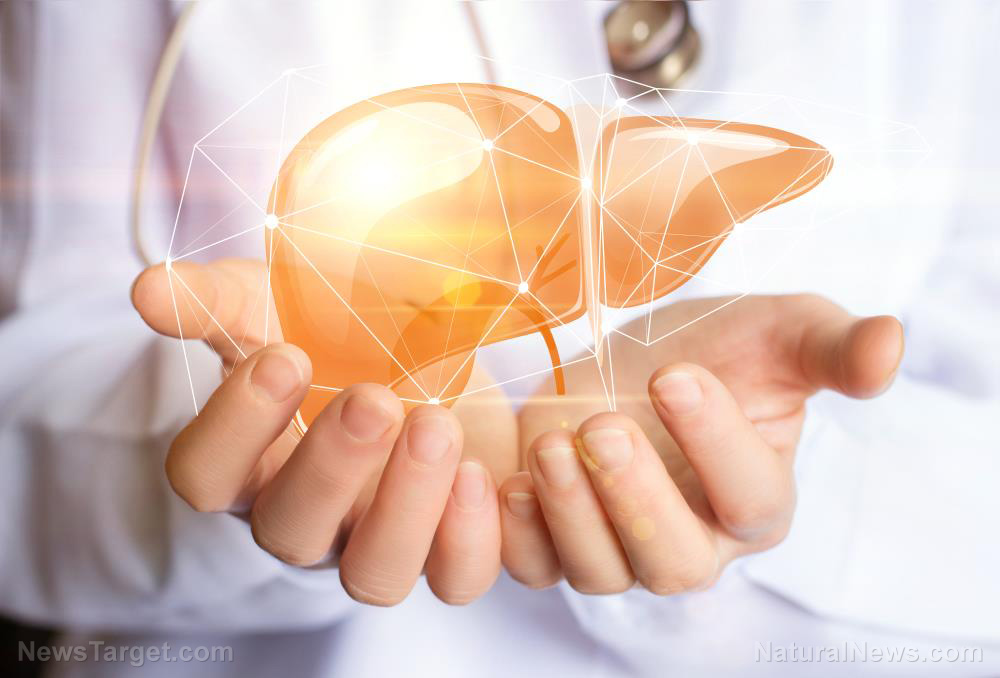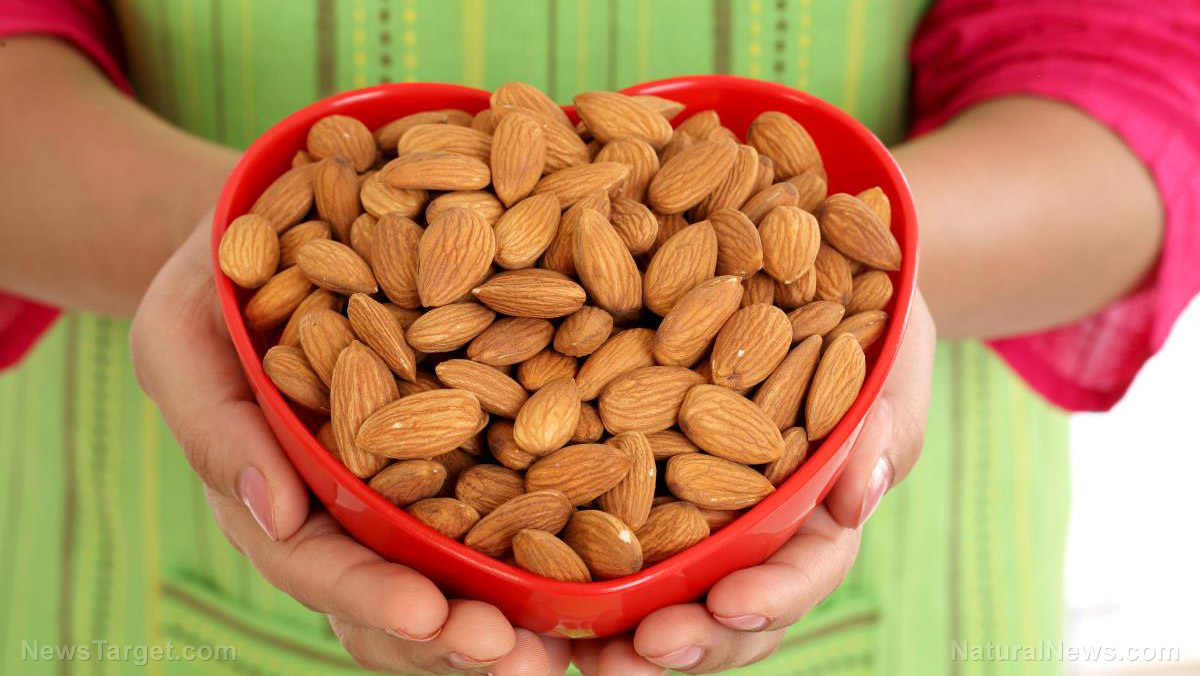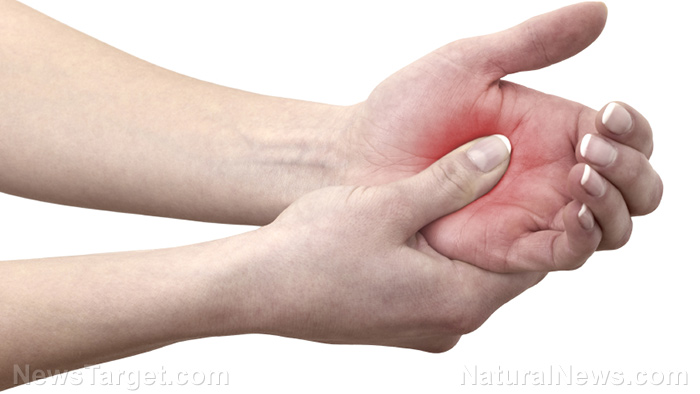
As part of the study, a team of researchers at the University of Geneva and the University of Lausanne in Switzerland as well as Nestlé Institute of Health Sciences examined the liver activity in mice models. The researchers found that the organ responds to the body's feeding and fasting cycles, as well as the variations of day and night within 24 hours. According to the research team, the liver size in mice increased by nearly half before returning to its normal dimensions. The study also showed that the mechanism disappeared when normal biological rhythm was reversed. The experts noted that circadian rhythm disruptions due in part to professional constraints or private habits may potentially affect the liver's functions.
According to the researchers, mammals have adapted to diurnal and nocturnal circadian rhythms through a central biological clock located in the brain. Nocturnal rhythms, which reset at daylight, was found to coordinate the subordinate clocks seen in most of our cells. The experts also found that more than 350 liver-related genes involved in metabolism and detoxification were expressed in a circadian fashion that follows 24-hour biological rhythm. Many of these genes were influenced by food intake and physical activity patterns, according to Ueli Schibler, Professor Emeritus at the Department of Molecular Biology of the University of Geneva Faculty of Science.
What the animal study found
The research team found that the size of liver cells changes back and forth depending on the body's activity. However, the activity was only seen in the liver and not in other organs.
"In rodents following a usual circadian rhythm, we observed that the liver gradually increases during the active phase to reach a peak of more than 40 percent at the end of the night, and that it returns to its initial size during the day," study author Flore Sinturel reported in Science Daily.
According to the research team, the number of liver ribosomes, organelles responsible for generating proteins needed for various liver functions, fluctuated together with cell size. According to Sinturel, the cell size adapted to the production and assembly of new ribosomes in order to ensure optimal protein production at night. Excessive ribosome components were then determined, labeled, and broken down during the resting phase.
In addition, the research team found that feeding and fasting cycles influenced liver oscillation. The study also revealed that diurnal and nocturnal phases affected the liver's size. According to the research team, fluctuations in liver size disappeared when feeding phases were no longer responsive to the biological clock. Study co-director Frédéric Gachon noted that "the size of the liver and the hepatocytes, as well as their contents in ribosomes and proteins, remain nearly stable when mice are fed during the day. Yet, these animals ingest similar amounts of food, irrespective of whether they are fed during the night or during the day."
According to the research team, many humans no longer follow their bodies' circadian clock due to various factors such as night work, rotating shifts and frequent international travels. The experts noted that the people's current lifestyle may be affecting the liver's function. The next step is to examined whether a similar mechanism is occurring in humans, and whether the liver's biological function if influenced by the same mechanism, the researchers said.
You can hear more fascinating research on the human body at Research.news.
Sources include:
Please contact us for more information.























